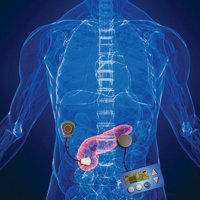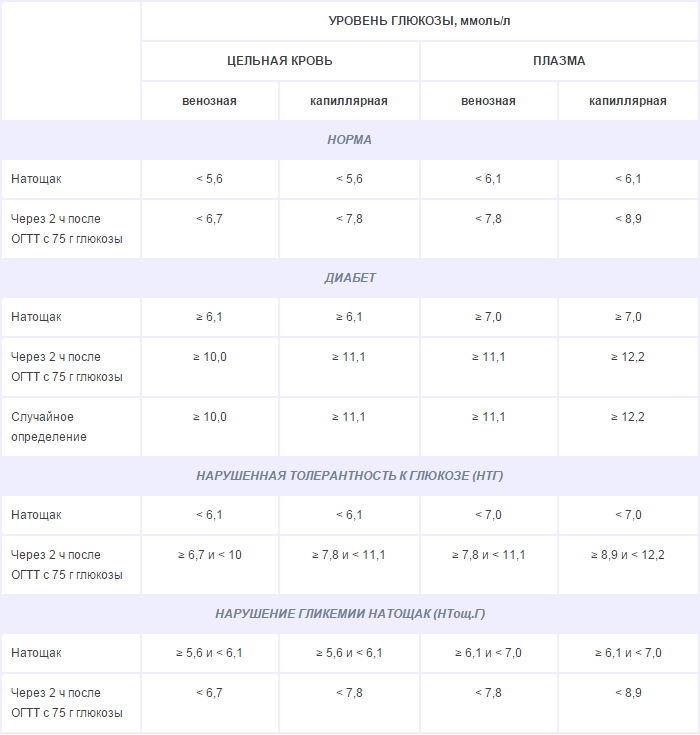Artificial pancreas

Insulin is a protein hormone made up of protein, it is produced in the pancreas and the level of sugar in the blood depends on the correct amount of insulin in the body. Sugar accumulates in the form of fat, as a reserve and is gradually taken by the body into processing. Due to the fact that the body for some reason sometimes fails to produce insulin in a natural way, there is an artificially created drug insulin. If the insulin production is disturbed, the sugar enters the bloodstream, the cells themselves begin to digest and break down the proteins, which leads to the appearance of poison and poisonous toxic substances. If there are a lot of such toxins, then the brain cells and eyes are destroyed, even blood vessels are destroyed. As a result, the water-salt balance of the body is violated, this leads to a lower blood pressure, and the lack of blood and oxygen leads to irreversible processes in the brain.
There are several types of insulin in pharmacology, it depends on the duration of the action, it is used in cases of diabetes mellitus, acquired due to a violation of insulin production by the body. The most deplorable thing is that this disease leads to a huge number of victims, in many countries, diabetes mellitus is among the ten most deadly diseases. If the disease is not treated with the available options, then for more than 20 years a person will not live, and more often even less. Injections or insulin tablets can not properly regulate the amount of it in the body, you can enter it with excess, or vice versa is not enough. And this leads to a chronic metabolic disorder, one gets cured, the other. .. and there are no real final methods for treating diabetes.
Therefore, scientists have long been engaged in solving this problem at the level of the pancreas, more accurately say a replacement for a nonworking organ on an artificial one. This makes it possible to dispense with insulin injections in general.
Known artifacts of the artificial gland
Professor Joseph Kennedy is the creator of one of the first artificial pancreas that was presented in New Orleans at the Congress of the American Chemical Society. This device is not large in the form of a tube of a special alloy of nickel and titanium, with the finest holes. The device is covered with a unique polymer coating to get accustomed to the body, inside this tube is a cage of the porcine pancreas. The membrane made of polymer material provides ideal conditions for the development of cells inside. The membrane device is such that it freely passes glucose and insulin, but at the same time restrains the attacks of the immune system. In addition, this membrane well passes oxygen, and at the same time delays any viral activity. The device is not demanding to the location, it can be anywhere where there is access to blood, even just under the skin. This is due to the fact that the blood enriches with oxygen and useful substances, and also removes carbon dioxide. The unique device constantly monitors the level of insulin and sugar in the blood, and with the help of the indicator reflects the indicators.
At this stage, successful tests have been carried out on many species of animals that show excellent results, then the scientists plan to test them on volunteers.
But this development is not the only one in the world. In England, Professor Joan Taylor and a group of scientists from the University of De Montfort also created an artificial implant. It is made of a special metal alloy, inside it is insulin, it requires placement in the body, in the space between the thigh and the last costal bone. Insulin itself is in the gel barrier-barrier, this is John Taylor's own invention. When the blood sugar level rises, the gel coat becomes softer and insulin enters the body in small amounts. It happens this way: coming out, insulin is absorbed into the intestinal veins, then into the veins of the liver, this maximally simulates the natural process of insulin entering the blood. After saturating the body with insulin and raising the sugar to a normal level, the gel becomes firmer and stops feeding.
Both methods release patients with diabetes mellitus from regular daily injections, this removes the problem of monitoring the level of sugar, patients do not need to carry rescue doses of insulin.
Insulin in these devices requires replenishment, but once a month or every few weeks. While this is in the process of experimental testing and is constantly being improved. So the final results can be both with a plus, and not quite expected, perhaps such devices can be useful only for the initial types of disease.


